
Peruvian Hairless Dog Breed Information, Characteristics & Heath Problems
Peruvian Hairless is an ancient breed in the history of Peru, depicted in pre-Incan art and pottery. Although it is often perceived to be an Incan dog because it is known to have been kept during the Inca Empire (the Spaniards classified them as one of the six different breeds of dogs in the empire), they were also kept as pets in pre-Inca cultures from the Peruvian northern coastal zone.

Top 10 Wildlife of Peru
Peruvian Hairless Dog (Large) Breed Standard Last updated: 29 Jan 2014 Download Extended Breed Standard (pdf) A breed standard is the guideline which describes the ideal characteristics, temperament, and appearance of a breed and ensures that the breed is fit for function with soundness essential.

Peruvian Hairless Dog Is His Personality As Fun As His Look?
The Peruvian Hairless Dog, [1] Peruvian viringo, [2] naked dog, or Chimú dog is one of several breeds of hairless dog. The breed comes in a variety of sizes and colors, including chocolate-brown, elephant-grey, and copper. They are sensitive to extreme temperatures and require special care due to their lack of fur, including protection from.
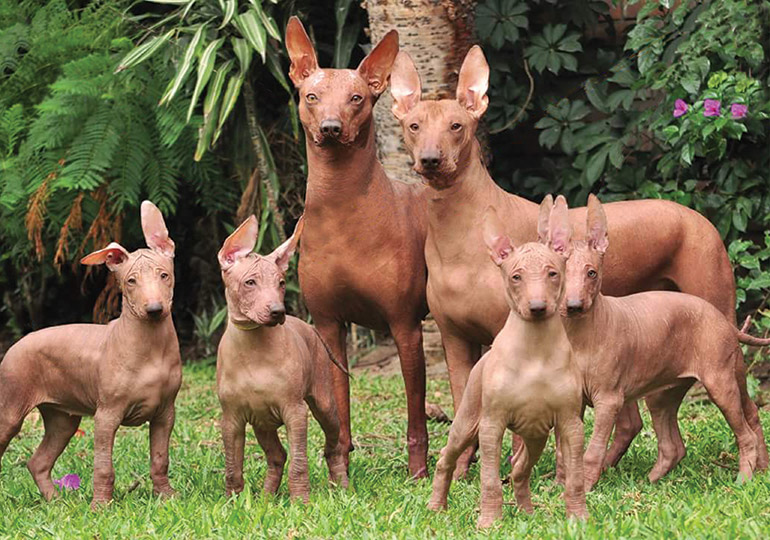
Peruvian Hairless Dog The Peruvian Hairless Dog Journey Machu Picchu Dedicated to the
The Peruvian Dog, also known as viringo, (which means naked in the word tallan), has an origin that takes us to pre-Inca times, along with the first civilizations that inhabited Peru. As with all ancient breeds, the exact origin may be uncertain. Although it is certain that the Peruvian Dog is a primitive specimen, and according to researchers.

Peruvian Hairless Dog History, Personality, Appearance, Health and Pictures
The skin should be smooth and elastic all over the body but can form a few rounded almost concentric lines on the head and round the eyes and cheeks. There are 3 sizes acceptable in the Breed - Small being from 25 to 40cms (4 - 8 kgs) Medium from 40 to 50cms (8 to 12 kgs) and Large from 50 to 65 cms (12 to 25kgs) Their colour can vary from.
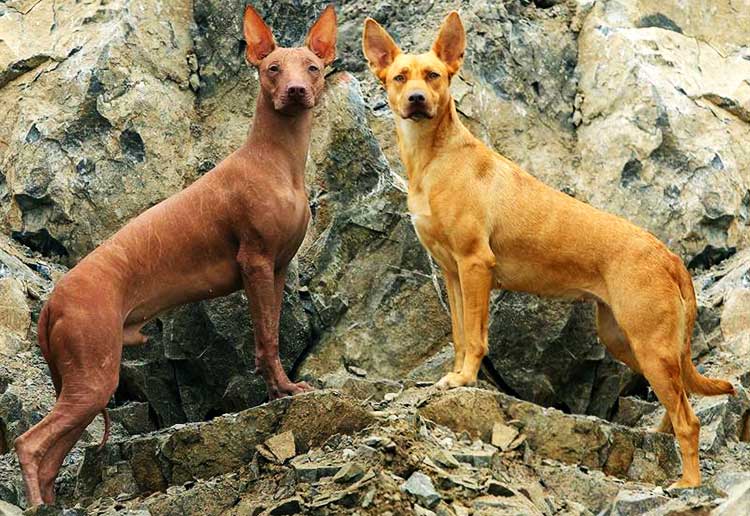
Peruvian Hairless Dog Breed Info Characteristics Traits Personality
Peruvian Hairless Dogs come in three varieties: small, medium and large. Dogs should be as long as they are tall (a ratio of 1:1). The smallest of the breed measure 25 to 40cm and weigh as little as 4-8kg. The medium Peruvian Hairless Dogs measure 40 to 50cm and weigh 8-12kg. Finally, the largest of the breed measure as tall as 50-65cm.

PERUVIAN HAIRLESS DOG Mexican hairless dog, Hairless dog, Peruvian hairless dog
Agile, smart and swift, the Peruvian Inca Orchid is an elegant sighthound that developed in Peru. The breed can be hairless or coated, and comes in three sizes: small, medium and large. Lively and.

dog side stories Peruvian Hairless Dog (Περουβιανός άτριχος σκύλος)
Depictions of Peruvian hairless dogs appear as early as 750 A.D. on Moche ceramic vessels and continue in later ceramic traditions such as the Vicus, Nazca, Chancay, Sicán, and Chimú cultures. Sadly, the Spanish conquest of Peru nearly caused the extinction of the breed. Thankfully, some Peruvians in rural areas believed the dog.

Image A Peruvian Hairless Dog Pet Paw
Sizes: Size: Medium - from 40 to 50cm (15 3/4 to 19 3/4 inches) Weight: Medium - from 8 to 12kg (17.6 to 26.4 lbs) Faults: Notes: Dogs Australia is a not-for-profit organisation advocating for the preservation of purebred dogs through ethical breeding. It champions the highest standard of animal welfare through education and fostering dog.

Peruvian Hairless Dog History, Personality, Appearance, Health and Pictures
The Peruvian Hairless Dog is called "Perro sin Pelo del Perú" in its country of origin. Other names include: Viringo, Dielmation or Peruvian Inca Orchid. Discover . 3,734. pedigrees Browse pedigrees and photos, analyse health and pedigrees, and contribute information to the archive..

Peruvian Hairless Dog Breed Information Dogs Jelena Dog Shows
Hairlessness is the distinguishing feature of Peruvian Hairless Dogs or Peruvian Inca Orchards (PIOs) as they're also called. This rare breed of dog comes in a range of sizes, with the smallest standing under 15 inches and the tallest topping out at around 25 inches. While the Peruvian Hairless Dog is mostly free of hair, it can have short.
The Peruvian Inca Orchid, hairless dog breed only found in Peru mildlyinteresting
The Hairless Peruvian Dog Today. Today this fascinating breed has become very popular worldwide. The dog first made its appearance across the Atlantic Ocean in Spain, and demand for it has increased massively since then. The canine has also become quite popular in the States, where there is less variation between the breed than that of Peru.
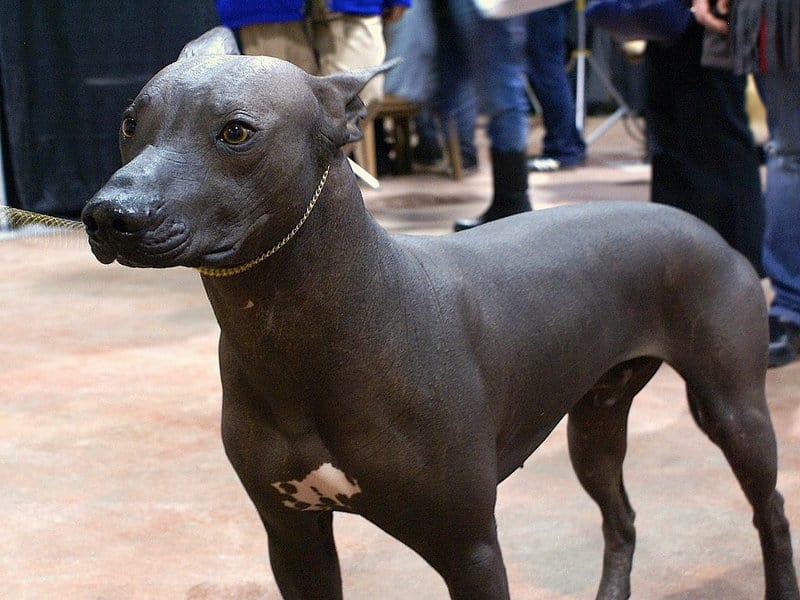
Get to Know The Hairless Peruvian Dog Peru’s National Pet How to Peru
The Peruvian hairless dog was once a main part of the country's culture dating back thousands of years to pre-Columbian times. The clue is in the name, Peruvian hairless dogs are not exactly.
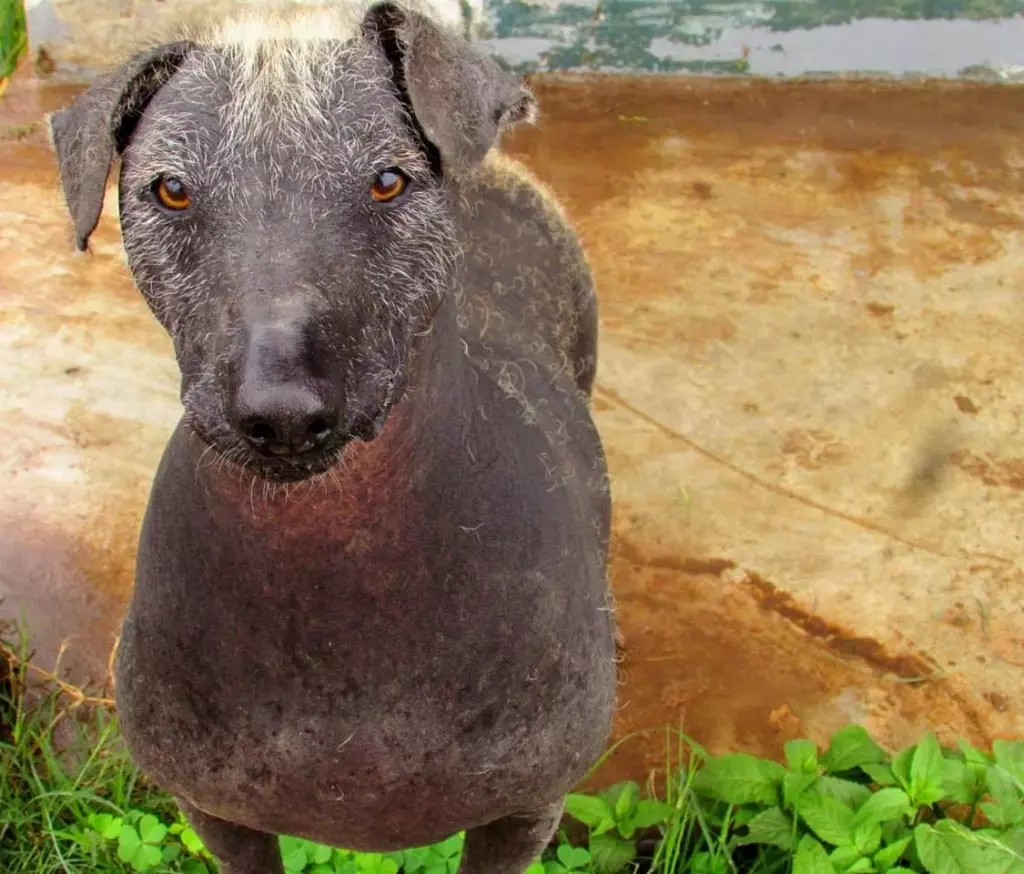
The Peruvian Hairless Dog Journey Machu Picchu
The Peruvian Hairless Dog has a nature that is tranquil and intelligent; this striking hairless breed radiates warmth. The medium-sized sighthound was highly prized in Inca culture, portrayed on pottery and found in graves beside its owners. The Peruvian has the double suspended gait of a sighthound and excels sports where speed and agility are.
The Turks Peruvian Hairless Dog
Peruvian Hairless Dog (Large) Breed standards are the official guidelines that describe the ideal characteristics, temperament, and appearance of a breed and ensures that the breed is fit for function with soundness essential. According to certain experts, this dog was introduced in Peru during the Chinese immigration, soon after the.
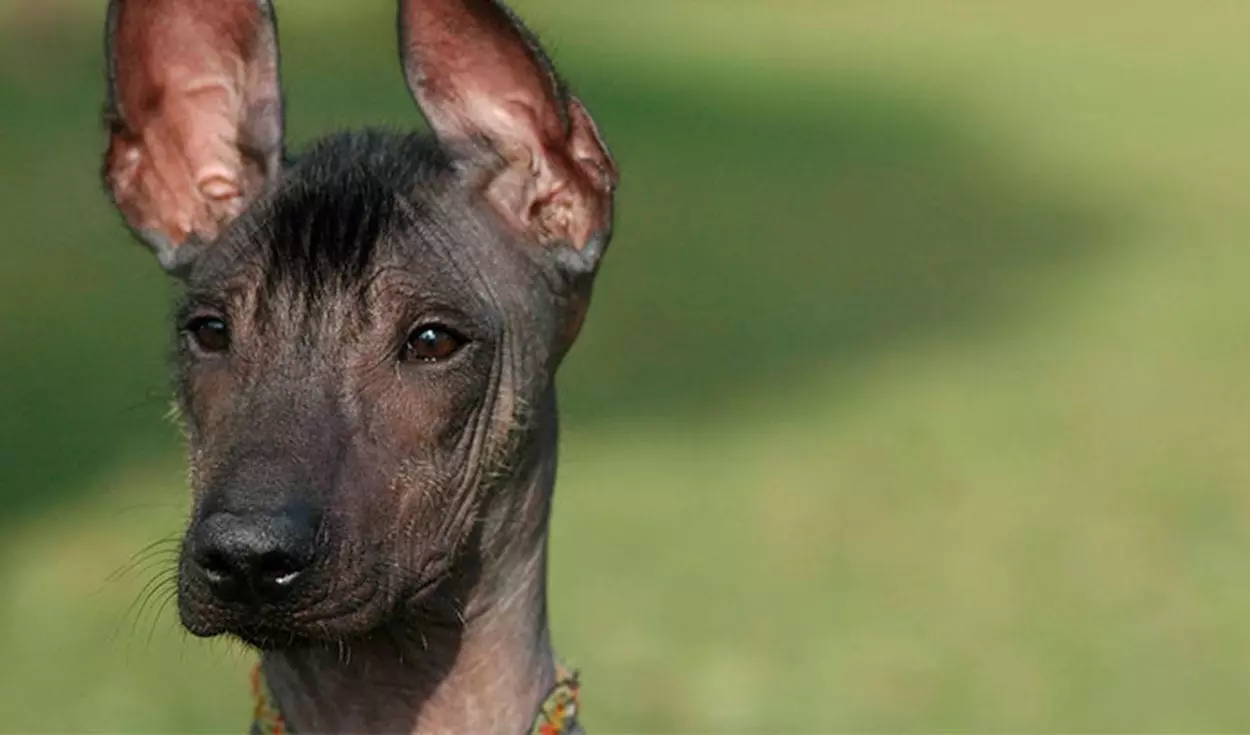
The Peruvian Hairless Dog Journey Machu Picchu
This dog breed is believed to be one of the oldest dog breeds in the world, dating back to over 3,000 years ago. The breed is known by various names such as the Peruvian Inca Orchid, Peruvian Hairless Dog, and Viringo. The Peruvian dog breed was almost extinct by the end of the 19th century.